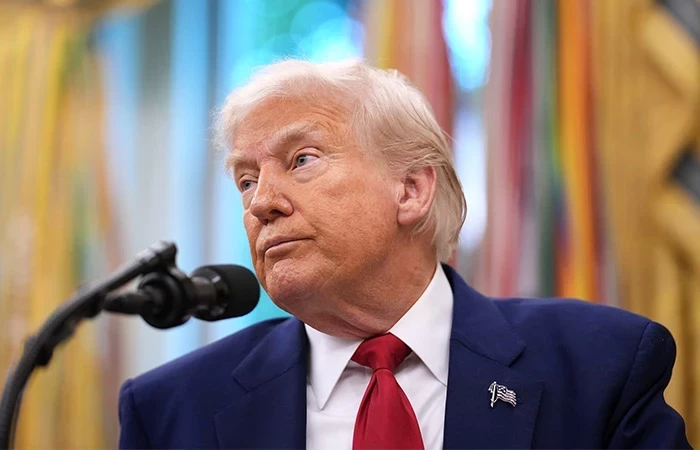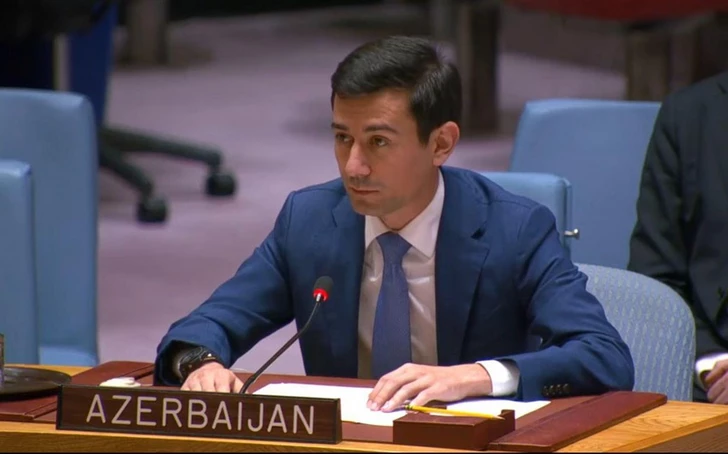WASHINGTON, July 23 — At a Washington AI conference, former President Donald Trump claimed the European Union has agreed to fully finance all U.S. military equipment bound for Ukraine. “We just signed a deal … they will be paying … 100% of the cost,” Trump said, explaining that Europeans will purchase U.S.-made arms and redistribute them—mostly to Ukraine—sent directly from the U.S.
Trump described the development as a long-overdue correction. “Honestly, this should have happened three years ago,” he said. He also touted a “tremendous” NATO summit, suggesting allies agreed to raise defense spending from 2% of GDP to 5%, calling it “trillions of dollars.”
NATO Response
NATO allies are reportedly seeking “clarity” on Trump’s new proposal, expressing both cautious support and concern over its implementation. A recent statement noted the deal’s novelty, and ministers at the Ukraine Defence Contact Group are “asking for details” about how the funding and weapons distribution will work.
EU Reaction
European Commission foreign policy chief Kaja Kallas welcomed Trump’s proposal but stressed that European defense spending must still reflect genuine commitment. “If we pay for these weapons — it’s our support … but if you promise to give the weapons and say someone else pays, is it really given by you?” she told reporters.
Context & Implications
Under the proposed framework, NATO members—particularly Germany, the UK, and others—are preparing to fund shipments of U.S. systems like Patriot missiles, which will then be delivered to Ukraine. Critics warn Europe might bear the cost of U.S. weapons without securing long-term strategic gains or advancing diplomatic efforts. One observer noted such a deal could “push off real diplomacy farther into the future”.
Bottom Line
The proposed arrangement marks a bold shift in transatlantic defense financing, amplifying European burden-sharing but raising questions around strategic coherence, NATO coordination, and diplomatic follow-through.




